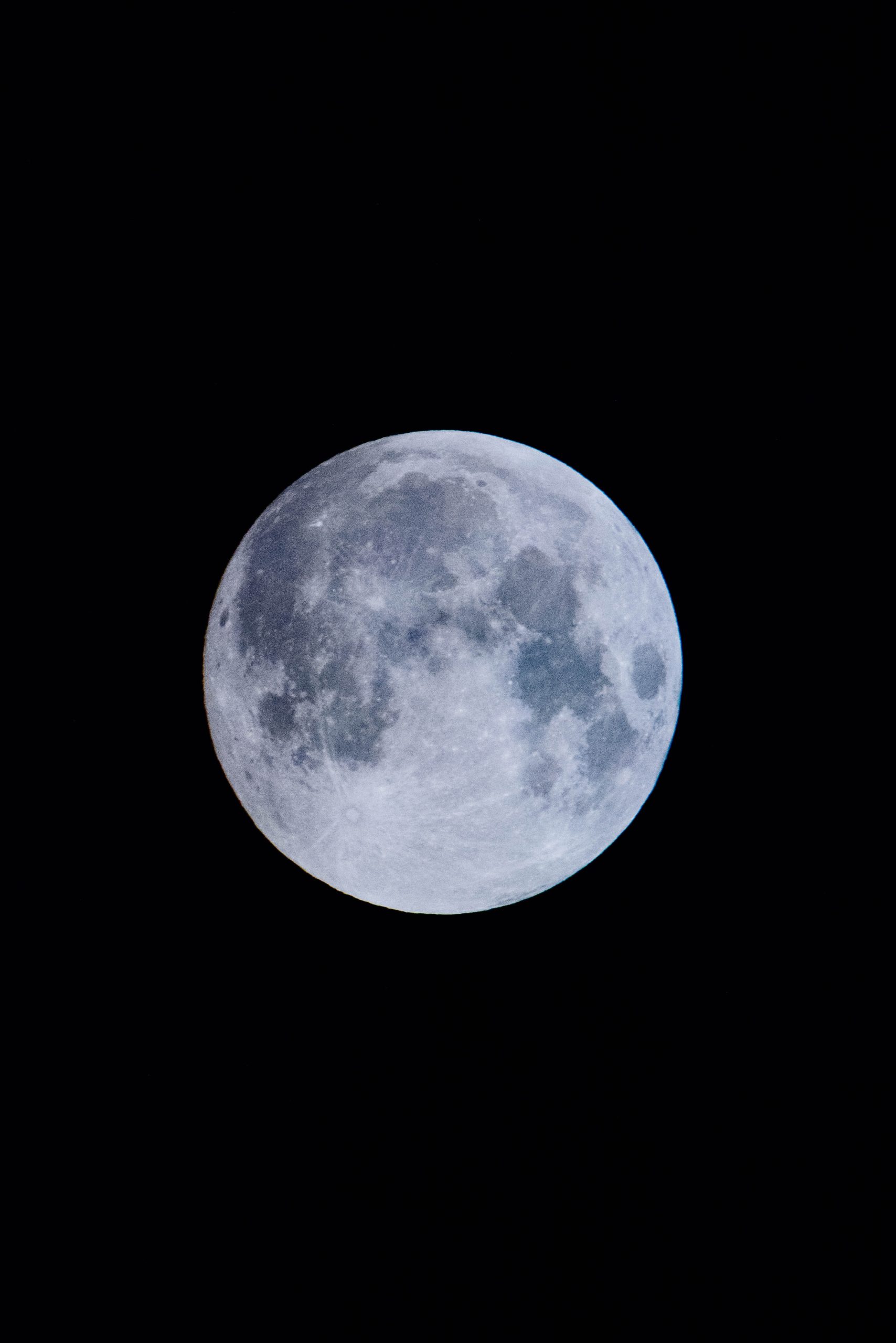Creating a Tranquil Oasis: Plants for a Moon Garden
Are you longing for a serene and magical outdoor space that exudes a sense of ethereal beauty under the moonlight? Look no further than a moon garden. Moon gardens are designed to be enjoyed during the evening when moonlight casts a soft, silvery glow on the landscape. These gardens utilize plants with pale flowers, interesting foliage, and intoxicating scents that come alive under the gentle beams of the moon. In this blog post, we will explore a variety of plants that are perfect for creating your own moonlit utopia.
1. White Flowers
When it comes to a moon garden, white flowers are an absolute must. They shimmer and gleam in the moonlight, creating an otherworldly ambiance. Here are a few eye-catching options to consider:
| Plant | Description |
|---|---|
| White Daffodils (Narcissus) | These elegant blooms, with their trumpet-shaped white petals, are a classic choice for moonlit gardens. Plant them in clusters for a dazzling display. |
| White Roses (Rosa) | Fragrant white roses are the epitome of romance. They add a touch of elegance and beauty to any moon garden. Look for varieties like ‘Moonlight’ or ‘Iceberg’. |
| Moonflower (Ipomoea alba) | This enchanting vine produces large, fragrant white flowers that open at night and close in the morning. Its sweet scent will captivate anyone who ventures into your moonlit oasis. |
2. Silver Foliage
Complementary to the white blossoms, plants with silver or gray foliage create an ethereal, luminescent effect in a moon garden. Consider incorporating these foliage wonders:
- Lamb’s Ear (Stachys byzantina): Its soft, fuzzy leaves shimmer like silver velvet in the moonlight.
- Artemisia (Artemisia spp.): This plant offers a feathery, silver-gray foliage that adds texture and contrast to your moon garden.
- Dusty Miller (Senecio cineraria): With its delicate, silver-gray leaves, this plant brings a touch of elegance to any moonlit landscape.
3. Night-Blooming Plants
While many plants close up as night falls, some actually come alive after dark, releasing intoxicating scents that are meant to attract night-flying pollinators. For a garden with enhanced fragrance during evening hours, consider these night-blooming options:
- Angel’s Trumpet (Brugmansia): This tropical beauty boasts large, pendulous flowers that emit a powerful, sweet fragrance in the evening hours.
- Night-Blooming Jasmine (Cestrum nocturnum): The small, star-shaped flowers of this plant release a delightful fragrance that can fill your moon garden with its perfume.
- Evening Primrose (Oenothera biennis): This native wildflower produces lovely yellow flowers that open in the evening and release a sweet fragrance.
4. Reflective Elements
To create an even more enchanting moonlit atmosphere, consider incorporating reflective elements into your garden. These will capture and multiply the magical moonlight. Here are a few ideas:
- Water features: A small pond or fountain will reflect the moonlight, creating a beautiful shimmering effect.
- Mirrors: Strategically placed mirrors can capture and reflect the moonlight, making your garden feel larger and more expansive.
- Light-colored stones or gravel: Surround your plants with light-colored stones or gravel to reflect the moonlight and brighten your garden.
5. Moon Garden Maintenance Tips
Maintaining a moon garden requires some special care. Here are a few tips to ensure your garden stays magical:
- Plant in groups: Planting in clusters will create a more impactful display, enhancing the moonlit effect.
- Choose fragrant plants wisely: The scents of some night-blooming plants can be overpowering, so make sure to assess the intensity of their fragrance before including them in your moon garden.
- Provide nighttime lighting: Install subtle, low-level lighting to highlight the beauty of your moon garden during evenings when the moon is not at its brightest.
- Regularly prune and deadhead: Keep your moon garden looking its best by regularly pruning and deadheading flowers to encourage continuous growth and blooms.
- Monitor watering: Most moon garden plants prefer well-drained soil, so be cautious not to overwater. Check the moisture levels regularly to avoid waterlogged roots.
Creating a moon garden is a delightful and rewarding endeavor. By carefully selecting white flowers, silver foliage plants, night-blooming specimens, and incorporating reflective elements, you can transform your outdoor space into a magical oasis. Spend your evenings surrounded by the enchantment and tranquility of a moonlit garden, and let the beauty of nature unfold under the gentle guidance of the moon.
Table of Contents
